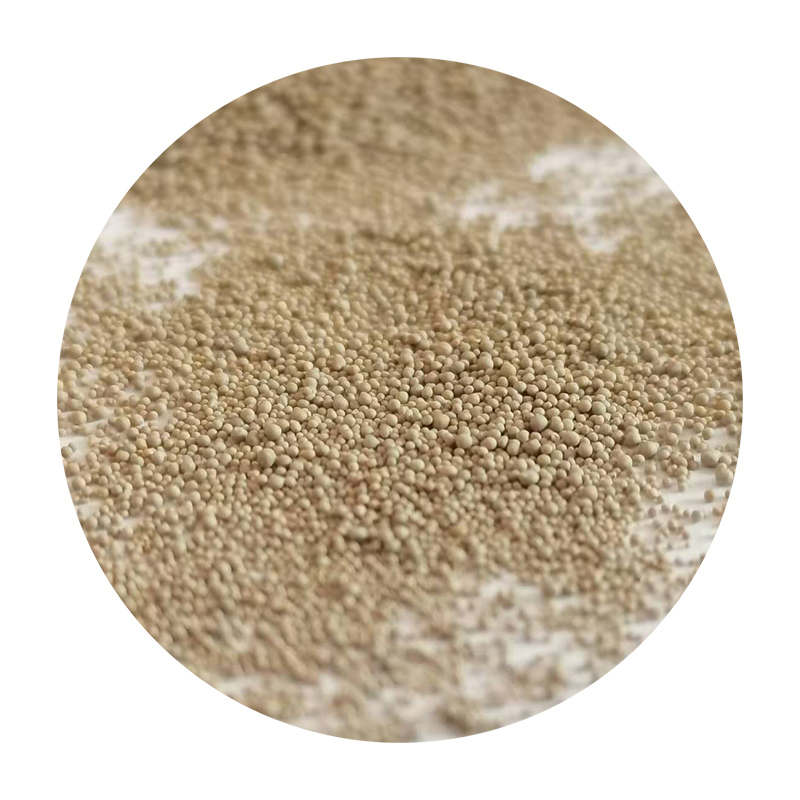The Impact of Foundry Sand Contamination on Industrial Processes
In the world of manufacturing, foundry sand plays a pivotal role, especially in metal casting processes. This specialized sand, often composed of silica, is essential for creating molds and cores that shape molten metal into desired products. However, one of the most significant challenges faced by the foundry industry is the issue of sand contamination. Understanding the sources, implications, and mitigation strategies for foundry sand contamination is crucial for maintaining product quality and ensuring efficient industrial operations.
Sources of Contamination
Foundry sand can become contaminated through various mechanisms. One common source is the ingress of foreign materials during the sand reclamation process. As sand is reused, it can accumulate dust, debris, or remnants of previously cast materials, which may include metal oxides or organic substances. Additionally, environmental factors such as wind and water can introduce contaminants from the surrounding area. Improper storage of sand and inadequate facility maintenance can exacerbate the problem, leading to significant quality issues.
Another source of contamination is the use of additives in the casting process. For example, various binding agents and coatings can leave residues in the sand after casting. These additives, though necessary for enhancing mold performance or improving surface finishes, can also alter the chemical composition of the sand. Once contaminated, the sand may not perform as required, leading to defects in cast products.
Implications of Contaminated Sand
The implications of using contaminated foundry sand are far-reaching. Primarily, contamination can lead to defects in the final product. Such defects may manifest as surface imperfections, dimensional inaccuracies, or structural weaknesses, which not only compromise the integrity of the cast metal but can also lead to catastrophic failures in applications where reliability is essential, such as in automotive or aerospace components.
foundry sand contamination

Moreover, the presence of contaminants can adversely affect the casting process itself. For instance, they may alter the melting temperature or viscosity of the molten metal, leading to difficulty in pouring or defects during solidification. Additionally, contamination can increase the wear and tear on molds and cores, reducing their lifespan and increasing production costs.
From an economic perspective, the repercussions of contaminated foundry sand can result in significant financial losses. Reworking or scrapping defective products incurs additional labor and material costs, while wasted time in production due to equipment malfunctions translates into lost revenue. Furthermore, maintaining stringent quality control measures to address contamination issues can strain resources and hinder a foundry's competitive edge.
Mitigation Strategies
To combat the challenges posed by foundry sand contamination, several strategies can be implemented. First and foremost, the establishment of rigorous sand inspection protocols can help identify contamination at early stages. Utilizing advanced technologies for sand analysis can provide insights into its chemical and physical properties, enabling foundries to detect contaminants before they pose a significant risk.
Implementing effective sand reclamation processes is also crucial. Employing systems that incorporate mechanical and thermal treatments can enhance the cleanliness of reclaimed sand, ensuring that it meets the necessary standards for reuse. Furthermore, ensuring proper storage conditions can minimize environmental contamination and reduce the likelihood of foreign materials entering the sand supply.
Finally, education and training for personnel are essential in promoting awareness of contamination issues. By fostering a culture of quality and accountability, foundry workers can recognize the importance of maintaining clean sand and adhere to best practices in handling and processing it.
In conclusion, foundry sand contamination poses a significant challenge for the metal casting industry, impacting product quality, operational efficiency, and economic viability. By understanding the sources and implications of contamination and implementing effective mitigation strategies, foundries can safeguard their processes and uphold their reputations in a competitive market. Investing in cleaner, more efficient practices not only ensures the production of high-quality castings but also contributes to the sustainability of the industry as a whole.
Post time:ធ្នូ . 16, 2024 09:33
Next:sand for metal casting
